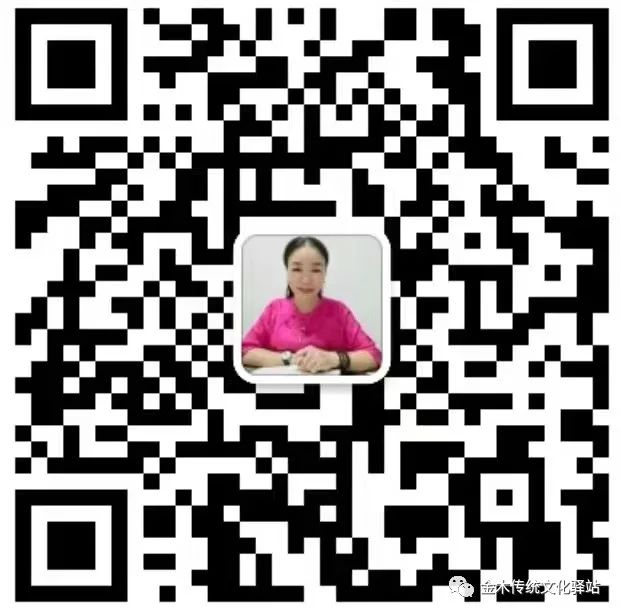
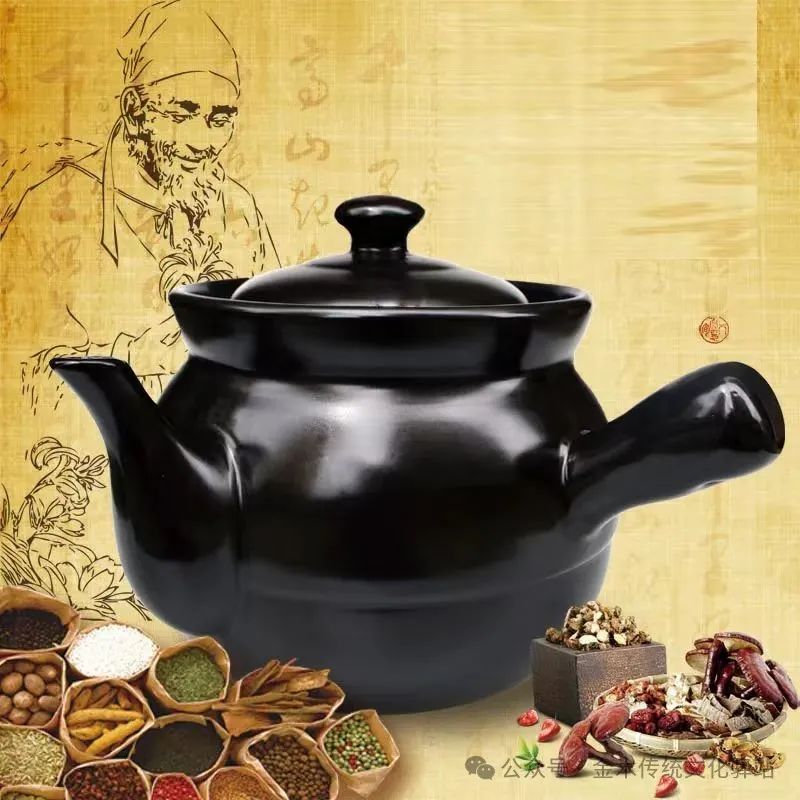
1. Pharmacological Therapy
This refers to the use of oral medications absorbed through the digestive organs to strengthen the body and eliminate pathogens, thereby regulating the body’s qi, blood, yin, and yang for recovery. Common treatment methods include the eight therapeutic methods: sweating, vomiting, purging, harmonizing, warming, clearing, tonifying, and reducing.
Oral medications come in various forms, including decoctions, pills, powders, pastes, elixirs, tinctures, tablets, syrups, teas, and granules. This method is the most widely used treatment in clinical practice across various specialties.
Decoctions: Medications prepared by boiling Chinese herbs.
2. Dietary Therapy
This involves using foods with pharmacological effects or cooking foods with medicinal herbs to prevent and treat diseases. It can be subdivided into dietary therapy, medicinal cuisine, medicinal rice, medicinal porridge, medicinal wine, and medicinal tea.
Dietary therapy: A treatment combining Chinese medicine and food, where Chinese medicine serves as an adjunct to the primary food.
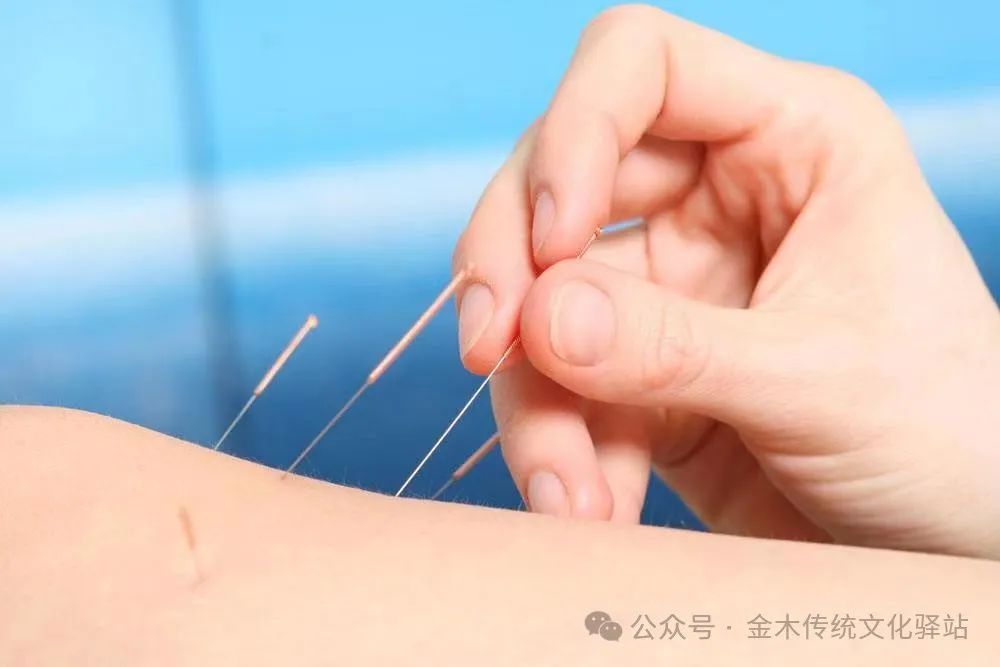
3. Acupuncture Therapy
This involves the use of needles and moxibustion techniques applied to the body’s meridians and acupoints to regulate the flow of qi and blood, adjust the meridians, and restore organ function to treat related diseases.
Acupuncture can be divided into various techniques, including body acupuncture, scalp acupuncture, facial acupuncture, eye acupuncture, ear acupuncture, foot acupuncture, warming acupuncture, fire acupuncture, three-edged needles, and plum blossom needles.
Moxibustion can be categorized into stick moxibustion, grain moxibustion, scar moxibustion, ginger moxibustion, garlic moxibustion, and medicinal cake moxibustion. Acupuncture therapy has a very wide range of applications.
4. Tuina Therapy
This method involves applying various techniques to specific areas of the body or combining certain physical activities to prevent and treat diseases. It is applicable in various specialties, particularly suitable for orthopedic conditions, pediatric diseases, and various painful conditions.
(1) Tuina: Also known as massage, it involves continuous pressure and tapping on the patient’s acupoints and affected areas to achieve therapeutic effects.
(2) Gua Sha: This technique helps expel pathological products from the body, known as sha, to achieve the goal of curing sha syndrome.
5. External Treatment Methods
1. Gua Sha Therapy
This method uses smooth-edged tools such as bamboo strips, porcelain pieces, small spoons, coins, buttons, etc., dipped in oil or water to scrape the skin repeatedly for therapeutic purposes. It is mainly used for treating sha syndrome, heatstroke, colds, sore throat, abdominal pain, diarrhea, and dizziness.
2. Cupping Therapy
This is a method that uses cups to create negative pressure by removing air through heat, causing the cups to adhere to the skin and create a bruise effect. Ancient physicians used it to draw blood and pus from sores and abscesses, and it has since been expanded to treat internal diseases such as tuberculosis and rheumatism. After the establishment of the People’s Republic of China, continuous improvements have led to new developments in cupping therapy, further expanding its treatment scope, making it a method within acupuncture treatment.
(3) Heat Compress Therapy
This involves applying heated medications (such as herbal bags, medicinal cakes, ointments, and tinctures) to specific areas of the body to promote relaxation of the skin and smooth the flow of qi and blood, commonly used for treating cold dampness, qi and blood stagnation, and deficiency-cold syndromes.
(4) Plaster Therapy
This method involves preparing medications into a paste and applying it to specific areas of the body to prevent and treat diseases. It is commonly used for headaches, diarrhea, spontaneous sweating, prolapse of the rectum, dizziness, facial paralysis, rheumatism, sores, sprains, oral ulcers, and burns.
(5) Navel Therapy
This involves applying medications to the navel area, commonly used for dizziness, night sweats, constipation, urinary retention, nocturnal emissions, impotence, uterine prolapse, and dysmenorrhea.
(6) Fumigation and Washing Therapy
This external treatment method uses the steam from boiled medicinal decoctions to fumigate the affected area and wash it with warm medicinal liquid. It is commonly used for colds, rheumatic pain, eczema, scabies, anal diseases, vaginal itching, eye diseases, and injuries.
(7) Corrosive Therapy
This method uses corrosive medications applied to the affected area to remove necrotic tissue and promote the growth of new tissue. It is mainly used for surface sores, tumors, and phlegm.
(8) Bloodletting Therapy
This involves using needles or blades to puncture specific acupoints or areas of the body to release a small amount of blood, suitable for high fever, unconsciousness, heatstroke, colds, various pains, dizziness, convulsions, poisoning, and snake bites.
(9) Gargling Therapy
This method involves gargling with medicinal liquids that clear heat, detoxify, and reduce swelling to treat oral and throat diseases. It is suitable for sore throat, oral thrush, toothache, and mouth ulcers.
(10) Sublingual Therapy
This involves placing pills or tablets under the tongue to treat diseases, used for oral and throat diseases as well as chest pain and heart pain.
(11) Spray Therapy
This method involves using a solution or fine powder of medications to create vapor, mist, or aerosol for inhalation or local spraying to treat diseases. The medications used should be tailored to the specific condition. It is commonly used for nasal disorders, chest pain, fainting, lung distension, and chronic cough.
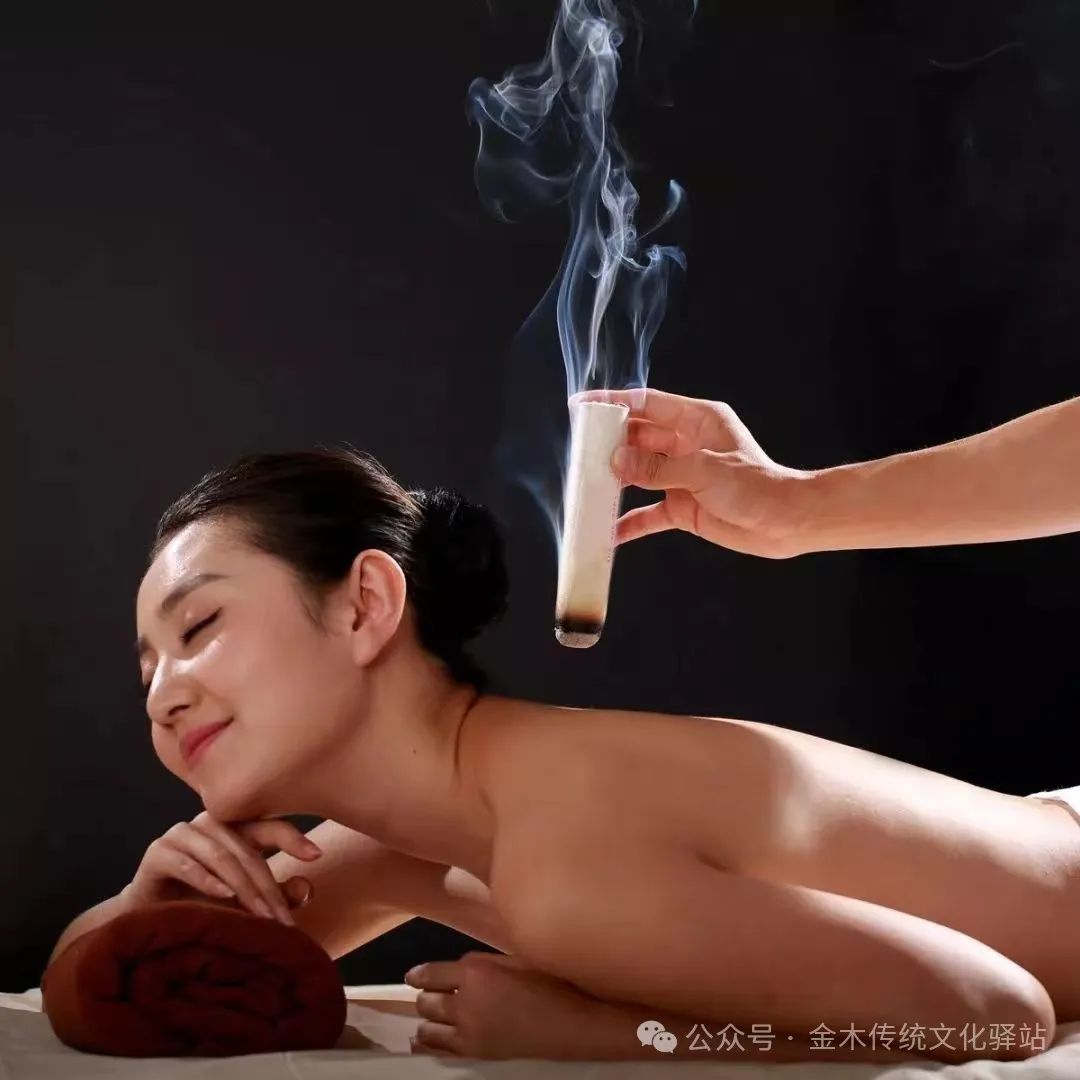
(12) Smoking Therapy
This method uses the smoke produced from burning medications to prevent and treat diseases. It can be used for emergencies, anal diseases, oral and nasal diseases, or as a means of pest control and disease prevention.
(13) Enema Therapy
This involves administering liquid medications or powders via enema to detoxify, dissolve blood stasis, and regulate qi, suitable for kidney failure, intestinal obstruction, and anal diseases.
(14) Suppository Therapy
This method involves grinding medications into powder, adding a suitable excipient to form solid shapes, and administering them rectally or vaginally to treat diseases. It is mainly used for anal and intestinal disorders, as well as vaginal and uterine conditions.
(15) Thread Ligation Therapy
This involves using a thread to ligate or bind the affected area, causing blockage of the meridians and blood flow, leading to necrosis and subsequent healing through tissue repair. It is suitable for hemorrhoids, polyps, tumors, snake bites, and gangrene.
(16) Reduction Therapy
This method involves using manual techniques or instruments to restore dislocated bones and tendons to their original positions for treating musculoskeletal injuries. It includes diagnosis and treatment, where the injury site is assessed through palpation and X-ray to determine the location and extent of the injury, followed by manual reduction. It is suitable for fractures, dislocations, and tendon injuries.
(17) Splinting Therapy
This involves using straps or bandages to secure wooden, bamboo, or plastic splints to a previously reduced limb to promote healing of fractures. It is used for various types of fractures.
6. Psychotherapy
This method utilizes the theories of mind and spirit in traditional Chinese medicine, along with emotional regulation techniques such as verbal guidance, self-suggestion, or music and dance, to achieve therapeutic goals.
(1) Zhu You Therapy
This is primarily a psychological therapy based on verbal guidance and suggestion. It aims to shift the patient’s focus away from the cause of their illness, adjusting their qi to restore mental balance.
The Zhu You therapy in Chinese medicine is a comprehensive psychological therapy. If modern practitioners can integrate and apply it flexibly in clinical practice, it can enhance therapeutic efficacy.
The Huangdi Neijing opposes the idea that spirits cause illness while affirming that certain diseases can be treated with Zhu You therapy.
In the Ling Shu, it is stated: “The Yellow Emperor said: What you speak of is known to the patient; if they have not encountered evil qi and have no fear, yet suddenly fall ill, what is the reason? Is it due to spirits? Qi Bo replied: There is a reason; the evil remains unexpressed, causing internal chaos, and the qi clashes, which is subtle and unseen, hence it seems like spirits. The Yellow Emperor asked: What is the reason for those who can be blessed? Qi Bo replied: The ancients knew the victory over diseases and could bless those who understood the source of their illness.”
(2) Qigong:This is a psychological therapy that uses subjective consciousness to self-regulate the body.
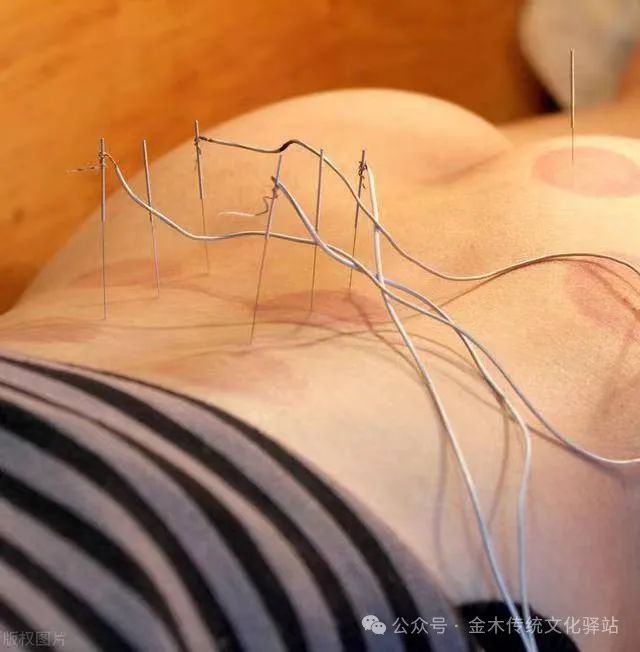
7. Biological Therapy
Biological therapy is the fourth category of cancer treatment developed after surgery, radiotherapy, and chemotherapy, utilizing and stimulating the body’s immune response to combat, suppress, and kill cancer cells.
Unlike traditional treatment methods, biological therapy primarily mobilizes the body’s natural anti-cancer capabilities, restoring the internal balance, akin to the TCM principle of “supporting the righteous and nurturing the root, harmonizing yin and yang.”
Immunotherapy and gene therapy are both forms of biological therapy, with immunotherapy being more commonly applied in clinical practice.
8. Natural Therapy
Natural therapy is a scientific art that uses substances and methods directly related to human life, such as food, air, water, sunlight, exercise, sleep, rest, and beneficial mental factors like hope and faith to maintain and restore health. It originated in the 18th and 19th centuries as a form of alternative medicine in the West.
The term natural therapy only began to be used in the late 19th century, but its philosophical guidance can be traced back to the Hippocratic school of medicine around 400 BC.
Methods of Natural Therapy:
(1) Nutritional Therapy
Nutritional therapy involves having patients follow specific dietary plans or supplement certain nutrients, making diet a therapeutic tool.
Nutritional therapy is the foundation of natural therapy, and natural therapy practitioners first adopt this method in clinical practice. Increasing research shows that whole foods and nutrient supplementation can effectively maintain health and treat diseases.
Nutritional therapy can effectively treat conditions such as acne, arthritis, asthma, atherosclerosis, depression, type 2 diabetes, eczema, gout, hypertension, premenstrual syndrome, and ulcerative colitis.
(2) Herbal Medicine Therapy
Herbal medicine therapy uses plants as medications to prevent and treat diseases, also known as herbal therapy. It is increasingly gaining attention.
Modern natural therapy practitioners not only rely on the traditional medicinal properties of plants but also understand their modern pharmacological effects and mechanisms, making this therapy more scientific and modern.
Many natural therapy practitioners use not raw plant materials but rather effective components extracted from plants.
(3) Homeopathy
Homeopathy uses substances that can induce certain diseases in healthy individuals to treat patients suffering from those diseases.
The basic principle is that large doses of a substance can induce disease, but small doses can treat that disease. Homeopathy can use plant, mineral, and chemical substances.
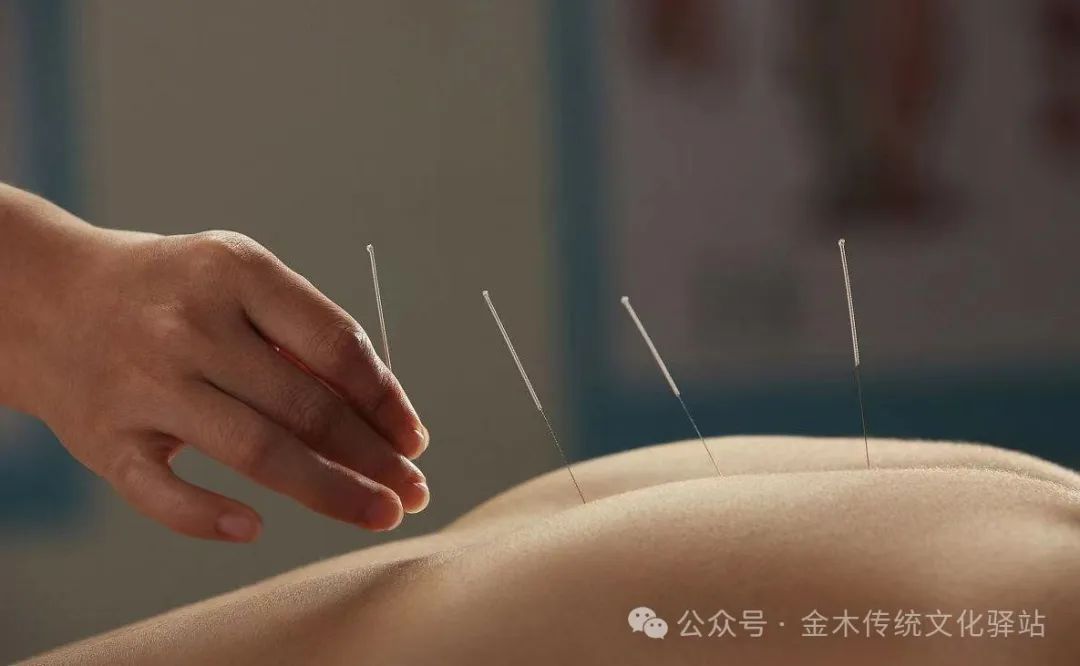
(4) Acupuncture Therapy
Acupuncture therapy originates from traditional Chinese medicine. It stimulates acupoints through needling, moxibustion, massage, laser, and electrical stimulation to promote the circulation of qi in the meridians. Traditional acupuncture therapy must be guided by TCM theories such as yin-yang, five elements, acupuncture meridians, and syndrome differentiation.
(5) Hydrotherapy
Hydrotherapy uses various forms of water, such as hot water, cold water, and steam, for health maintenance or disease prevention and treatment. Specific methods include sitz baths, enemas, hot springs, whirlpool baths, sauna baths, showers, wet cloths, mud packs, foot baths, hot compresses, and enemas. Hydrotherapy has been one of the treatment methods in many traditional medicines worldwide since ancient times.
(6) Physical Therapy
Physical therapy involves using physical methods to treat diseases. It includes ultrasound therapy, thermotherapy, and other electromagnetic techniques, health exercises, massage, and joint mobilization. Hydrotherapy also falls under the category of physical therapy.
(7) Psychotherapy
Psychological counseling and lifestyle adjustments are essential components of natural therapy.
Natural therapy practitioners must possess certain psychological knowledge to understand the patient’s psychological state and other abnormalities through their language and actions during consultations, then apply techniques such as hypnosis, suggestion, counseling, and family therapy to address the patient’s specific issues.
(8) Music Therapy
Music therapy has a long history. Records of music therapy date back to the Renaissance period in ancient Egypt, where wind instruments were played on the affected areas of patients with sciatica to directly apply the vibrations of music to alleviate pain. The Huangdi Neijing also mentions “five sounds treating diseases.”
Modern medicine utilizes music to reduce stress and anxiety, enhance immune responses, and lower blood pressure and heart rates. In Japan, resonant sound devices are used in late-stage medical care, surgery, and dentistry to alleviate patient pain.

(9) Aromatherapy
Aromatherapy utilizes pure essential oils from aromatic plants to assist in medical work. Essential oils with different scents and colors are extracted from various parts of aromatic plants in nature, such as eucalyptus leaves, rose flowers, and bergamot peels.
These essential oils consist of small molecules that are easily absorbed, highly mobile, and volatile. When they penetrate the skin or evaporate into the air and are inhaled, they can affect our emotions and other major bodily functions, soothing our nerves and uplifting our spirits.
Each essential oil has a chemical structure that determines its aroma, color, and interaction with the human system, giving each essential oil a unique set of functional substances, meaning that essential oils can enhance both psychological and physiological functions.
(10) Flower Essence Therapy
Dr. Edward Bach established the flower essence system about seventy years ago, which uses natural flowers and self-exploration methods to help people understand themselves and overcome negative emotions such as sadness and anger, restoring physical and mental balance.
The system includes thirty-eight flower essences, which differ in principle and method from the use of essential oils. Flower essences work on the level of consciousness and have been widely used in advanced countries such as the UK, the US, and Europe for about seventy years, receiving high praise for safety and effectiveness as a natural emotional support method.

(11) More Therapies
According to the guiding principles of natural therapy, other therapies used domestically and internationally include color therapy, fruit therapy, forest therapy, gardening therapy, five-minute laughter therapy,
stem cell therapy,
chelation therapy,
quantum medicine,
medical resonance music therapy,
basic nutrition biochemistry,
health and growth-oriented psychotherapy,
homeopathy,
Bach flower therapy,
environmental toxicology,
neuro-beautology,
gene testing, biochemical testing, colon hydrotherapy, iris testing, live cell medicine, free radical medicine, HRV heart rate variability, hydrotherapy, fasting therapy, environmental toxicology, thermotherapy,
functional medicine, trace element medicine, Western herbal medicine, vitality diet, Eastern dietary therapy, longevity diet, neuro-reflexology, chiropractic therapy, 3D body aesthetics,
psychology, emotional guidance, hypnosis, mind-body spirit therapy, Enneagram, music therapy, thought field therapy, energy medicine, homeopathy.
magnetotherapy, stem cell therapy, health qigong, sports medicine, aromatherapy, etc.
(12) Other Therapies:
Meridian therapy, incense therapy, foot bath therapy, immunotherapy, life therapy, sexual therapy, energy stone therapy, environmental therapy, sleep therapy, sunlight therapy, language therapy, and electrotherapy.
Disseminating knowledge of TCM health preservation, promoting Chinese traditional culture,sharing health concepts, conveying care, and passing on health knowledge and traditional culture to more friends…
People are great because of their dreams; we are different because of our love.
Liu Ling Ning: 182 7127 1941 or (WeChat ID)
Yang Shun Song: 138 7171 7447 or (WeChat ID)
